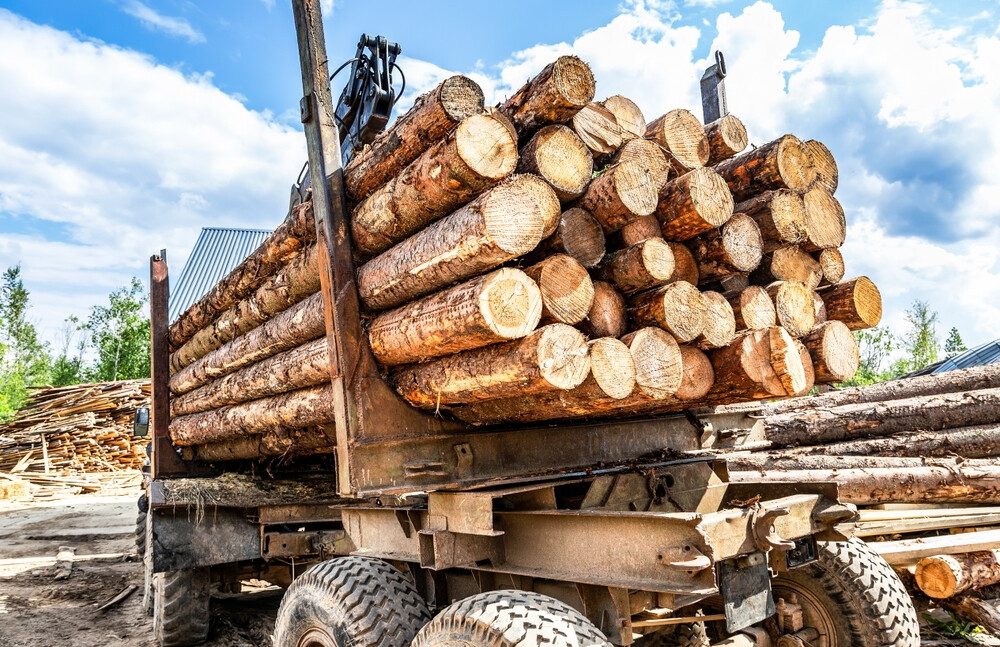
According to data from the National Forestry Institute of Paraguay (Infona), Paraguay achieved a historic record in forestry product exports in March 2025. The report indicates that both the export volume and FOB (Free On Board) value of plywood and sawn timber reached monthly highs during this period, and the export of Palo Santo commenced anew.
In particular, charcoal continues to lead Paraguay's forestry exports, with its cumulative FOB value exceeding $3.6422 million this year.
Plywood exports reached an annual high in March 2025, with 2,626 tons exported, recording an FOB value of $2,228,676. This significantly surpasses the average annual export volume of 2,162 tons and FOB value of $1,779,276 over the past five years.
Sawn timber also showed remarkable growth. While the average annual export volume was 1,436 tons with an FOB value of $1,502,003, March 2025 saw the highest export volume in the last five years at 2,082 tons, with an FOB value reaching $1,928,077. This is considered evidence of Paraguay's raw material competitiveness, quality, and domestic production capacity.
Infona emphasized that Paraguay has begun exporting products made from Palo Santo. Paraguay has been granted a national export quota of 3,305 cubic meters (approximately 4,000 tons). This is the highest quota ever for Palo Santo, and it is expected to strengthen Paraguay's position in strategic markets such as China, Vietnam, and South Korea. Key export items include rotary and paraffin-treated roundwood, flooring, bushings and blocks, and high-value handicrafts.
In March 2025, the United States emerged as the largest market for Paraguayan forestry product imports, with a value of $1,569,393. China followed with $1,425,777, and Germany recorded $852,385.
In 2024, Paraguay exported 206,225 tons of forestry products, generating $97.3 million in revenue, a 9% increase compared to 2023. According to official data, Paraguayan forestry products are exported to over 30 countries worldwide.
Paraguay's forestry industry is experiencing steady growth, driven by sustainable forest management and proactive government export support policies. Palo Santo, in particular, is a precious tree from South America, highly sought after in the international market for its unique fragrance and medicinal properties. Paraguay is promoting the sustainable production and export of Palo Santo through systematic management, which is expected to play a crucial role as a new engine for export growth.
Furthermore, Paraguay is expanding investments in wood processing technology development and the production of high-value-added products. Moving beyond the export of simple raw logs, the country aims to increase the proportion of processed plywood, sawn timber, and furniture components in its exports to enhance export competitiveness and generate higher revenues.
While the United States and China are major markets for Paraguayan forestry products, Paraguay is also pursuing a strategy of diversifying into European and Asian markets to reduce export dependence and enhance resilience to market fluctuations. In particular, with the increasing demand for environmentally friendly wood products, Paraguay is focusing on obtaining sustainable forest management certifications and developing eco-friendly products.
The Paraguayan government expects the growth of the forestry industry to contribute to the revitalization of rural economies and job creation, and plans to continuously expand related policy support.
The record-breaking forestry product exports of Paraguay in March 2025 are a significant achievement that demonstrates the growth potential and international competitiveness of the Paraguayan forestry industry. The commencement of Palo Santo exports, in particular, is projected to be a new growth driver for the industry. Through sustainable forest management and proactive export strategies, Paraguay is expected to continue expanding its forestry product exports and contribute to the nation's economic development.
[Copyright (c) Global Economic Times. All Rights Reserved.]






























